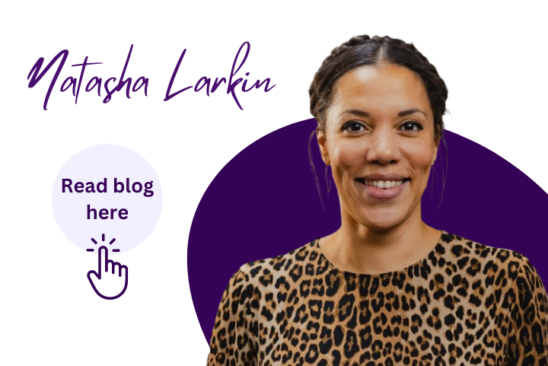Authors
At last year’s annual NHS Confed Expo, health leaders gathered to discuss the future of the health system. Despite unprecedented waiting lists, burnt out staff, the long shadow of Covid-19, and the pressure to make Integrated Care Systems succeed, one question seemed to hang over all others – what to do about health inequality?
Dr Bola Owolabi told attendees on day one that health inequalities must be ‘the priority of today’, but instead of making the ethical case, compelling as it is, she instead asserted that:
‘The data tells us health inequalities are the fuel driving the pressure on A&E, on our elective lists, and on primary care; unless we take the fuel out the fires, we will continually be firefighting’.
Data can play a central role in moving the dial on inequalities in multiple ways – it is a key tool in conveying the extent of the gap in outcomes between the most and least privileged in society, it can give a sense of the potential benefits, social and financial, of reducing health inequalities, and increasingly it can directly support the decision-making process.
Change cannot happen without key decision-makers agreeing one version of the truth, and granular, robust data analysis can provide a strong starting point. Whether turning those with an interest into champions for taking action, or addressing the concerns of those who remain unconvinced, numerical data as well as qualitative accounts of patient experience are indispensable tools in illustrating stark gaps in health outcomes.
Leaders in this space, such as Sir Michael Marmot, have dedicated years to disseminating data on inequalities, and yet for decades we have failed to take systemic action. Pressures on activity, savings, and other indicators mean incentivising leaders to turn their concern about inequalities into real action has been difficult. More granular and better-connected datasets mean we can build increasingly detailed models of the cost and activity implications of differences between groups at a neighbourhood level. As more integrated datasets across the public sector make information on the wider determinants of health available, these models will be able to evidence the potential benefits of tackling these inequalities further upstream.
Data scientists often refer to ‘the Four Vs’ – volume, veracity, velocity, and variety – when describing how big data has fundamentally changed the kind of questions we can answer through analytics. Recently, initiatives such as the NHS England’s Healthcare Inequalities Improvement Dashboard, have created high-velocity data that can be used to make dynamic evidence-based decisions at an operational level, rather than waiting for lengthy strategy drafting processes to account for trends and shift resources.
Data is no sliver bullet, particularly when it comes to an issue as complex and emotionally charged as health inequalities, but creating change is about using all the tools at your disposal convince decision-makers to take a risk. The groundwork laid by advocates of decades-past, the sense of urgency created by the experience of the pandemic, and developments in the quality of data in the public sector mean we have never had a better opportunity to do right by our most vulnerable residents.





